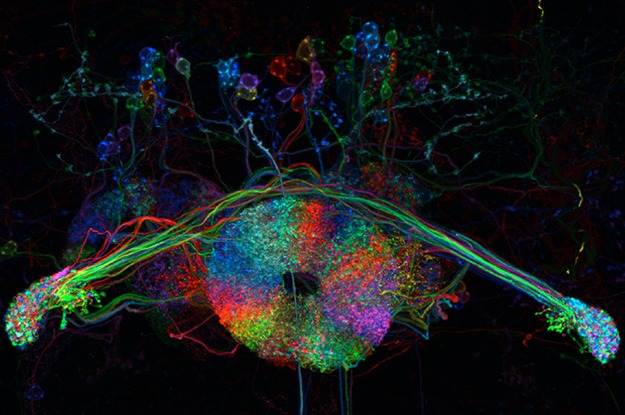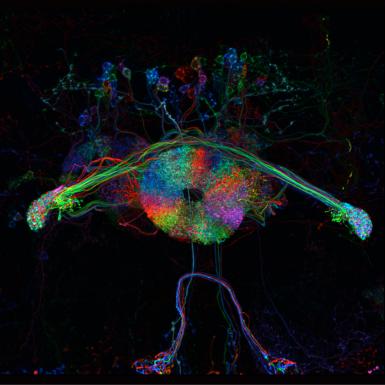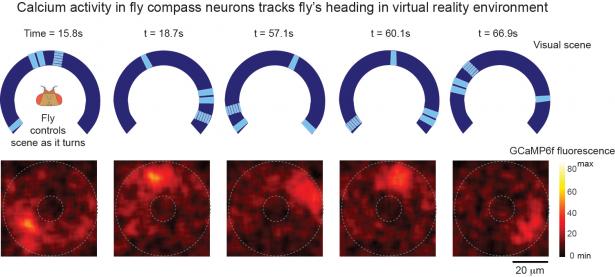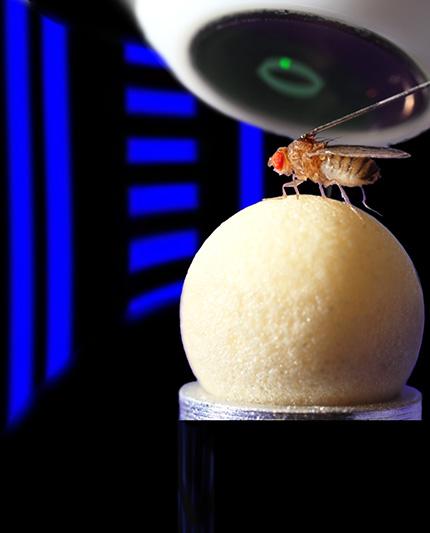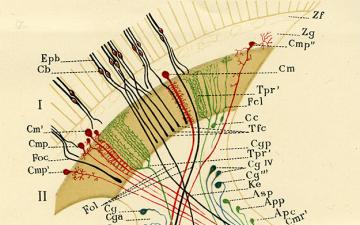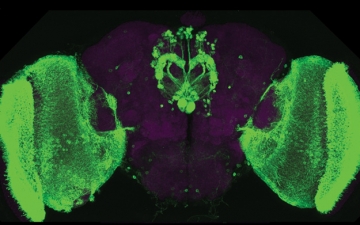Main Menu (Mobile)- Block
- Overview
-
Support Teams
- Overview
- Anatomy and Histology
- Cryo-Electron Microscopy
- Electron Microscopy
- Flow Cytometry
- Gene Targeting and Transgenics
- Immortalized Cell Line Culture
- Integrative Imaging
- Invertebrate Shared Resource
- Janelia Experimental Technology
- Mass Spectrometry
- Media Prep
- Molecular Genomics
- Primary & iPS Cell Culture
- Project Pipeline Support
- Project Technical Resources
- Quantitative Genomics
- Scientific Computing Software
- Scientific Computing Systems
- Viral Tools
- Vivarium
- Open Science
- You + Janelia
- About Us
Main Menu - Block
- Overview
- Anatomy and Histology
- Cryo-Electron Microscopy
- Electron Microscopy
- Flow Cytometry
- Gene Targeting and Transgenics
- Immortalized Cell Line Culture
- Integrative Imaging
- Invertebrate Shared Resource
- Janelia Experimental Technology
- Mass Spectrometry
- Media Prep
- Molecular Genomics
- Primary & iPS Cell Culture
- Project Pipeline Support
- Project Technical Resources
- Quantitative Genomics
- Scientific Computing Software
- Scientific Computing Systems
- Viral Tools
- Vivarium
The Janelia Archives
Artifact Name: GCaMP Calcium Sensors Science
Science
Even the simplest of actions, such as the twitching of a mouse’s whisker, requires the coordinated activity of thousands of neurons that relay information from the brain to the muscles and back again. Not so long ago, the neural networks involved in whisker twitches — and myriad other actions — were unknown.
Now, with a genetically-encoded protein sensor improved at Janelia, scientists around the world are watching these informational relays as they happen. Protein engineer Loren Looger and his colleagues at Janelia improved a previously developed molecule whose DNA can be inserted into specific neurons, causing them to produce a protein that lights up when the nerve cells fire. The engineered proteins work by sensing the presence of calcium ions, which are released when a neuron is activated.
Looger’s genetically encoded calcium indicator, dubbed GCaMP3, is far more powerful than earlier-generation tools for imaging neural activity in worms, fruit flies, and mice. Looger shared GCaMP3 with hundreds of scientists around the world who provided feedback, as well as the impetus to build an even better calcium sensor. The challenge of developing that improved sensor was taken up by the Genetically Encoded Neuronal Indicator and Effector (GENIE) project team at Janelia. The latest iteration of the protein, GCaMP6, produces signals seven times stronger than past versions and is much more sensitive to brain activity in living animals. The Looger lab and the GENIE Project are also working to create versions of GCaMP with faster response times, and in different colors.
Protein engineer Loren Looger and his colleagues at Janelia created a molecule whose DNA can be inserted into specific neurons, causing them to produce a protein that lights up when the nerve cells fire.
The GCaMP sensors have been used to track neural activity in worms, fruit flies, and mice.
In this image, GCaMP6f is used to follow compass neurons in a fly as it turns in a virtual reality environment.

